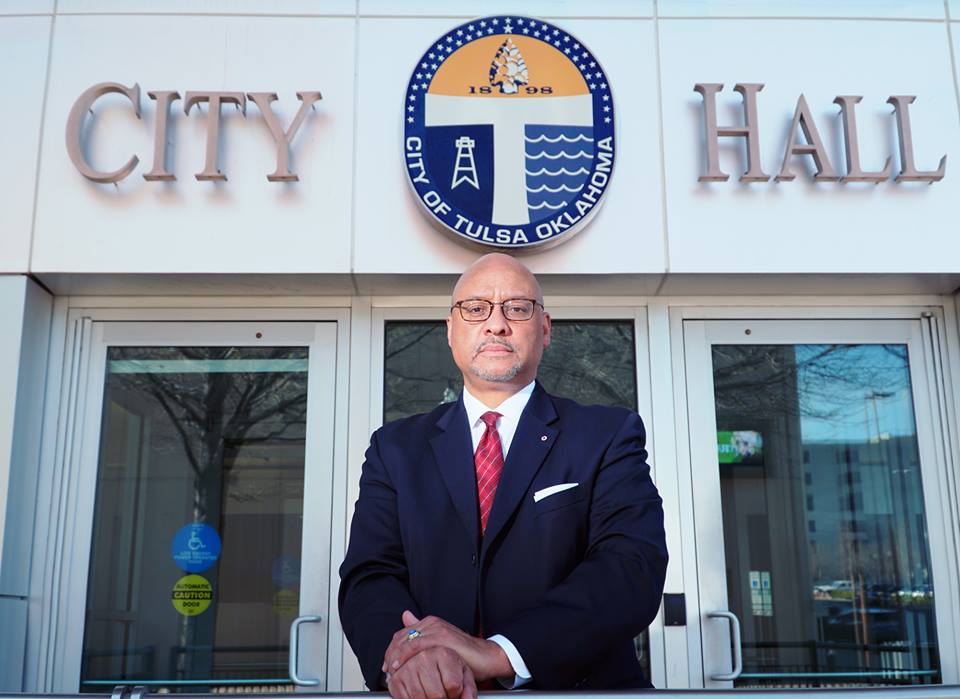
T-Mobile and Sprint reached a $26.5 billion merger agreement Sunday that would reduce the U.S. wireless industry to three major players — that is, if the Trump administration’s antitrust regulators let the deal go through.
The nation’s third- and fourth-largest wireless companies have been considering a combination for years, one that would bulk them up to a similar size as industry giants Verizon and AT&T. But a 2014 attempt fell apart amid resistance from the Obama administration.
The combined company, to be called T-Mobile, would have about 127 million customers. Consumers worry a less crowded telecom field could result in higher prices, while unions are concerned about potential job losses.
In a conference call with Wall Street analysts, Sprint CEO Marcelo Claure acknowledged that getting regulatory approval is “the elephant in the room,” and one of the first things the companies did after sending out the deal’s news release was to call Ajit Pai, chairman of the Federal Communications Commission.
The companies stressed that they plan to have more employees following the combination, particularly in rural areas, than they do as stand-alone companies now.
They also emphasized that the deal would help accelerate their development of faster 5G wireless networks and ensure that the U.S. doesn’t cede leadership on the technology to China.
And they said the combination would allow them to better compete not only with AT&T and Verizon but also with Comcast and others as the wireless, broadband and video industries converge.
“This isn’t a case of going from 4 to 3 wireless companies — there are now at least 7 or 8 big competitors in this converging market,” T-Mobile chief executive John Legere said in a statement. He would be the CEO of the combined company.










